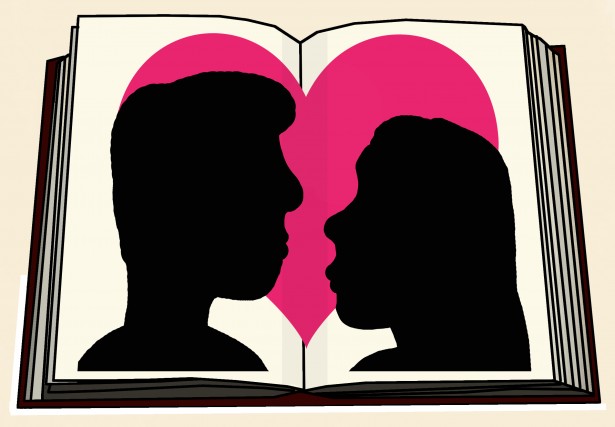The neat-freak and the slob, the good girl and the bad boy, the introvert and the extrovert. All are recurring tropes in our media (and maybe everyday life too) that seem to embody the phrase “opposites attract.” The saying is used to justify every seemingly insignificant or extremely vast difference within romantic couples. But are we really more attracted to those we perceive as opposite to us?
But are we really more attracted to those we perceive as opposite to us?
A group of researchers led by Sally Olderbak at Ulm University in Germany aimed to put this question to the test by setting up a study, published in the European Journal of Personality, to test what factors predict romantic interest at initial acquaintance. Heterosexual young adult participants completed personality questionnaires before watching videos of people of the opposite-sex (targets) talking about themselves. The researchers then asked participants to rate the target’s traits and their romantic interest in the target. Olderbak and her team compared the participants’ personalities to their perception of each target’s personality to find if there was any correlation between these factors and their rated romantic interest. The study focused on the Big Five personality factors considered in psychology: conscientiousness, extraversion, agreeableness, openness to experience, and emotional stability.
The dissimilarity theory, which is closest to the concept of “opposites attract,” states that finding a partner with dissimilar traits will lead to more diverse ideas and approaches to problems, thus leading to a survival advantage.
Specifically, the researchers were looking at several hypotheses based on contradicting theories in personality psychology. The dissimilarity theory, which is closest to the concept of opposites attract, states that finding a partner with dissimilar traits will lead to more diverse ideas and approaches to problems, thus leading to a survival advantage. According to the theory, people may still have greater attraction to those with similar demographics, but within those demographics, they will be more attracted to others with different personality traits. This also correlates with research on attachment styles, which are ways that we relate to others in a relationship emotionally and behaviorally. Studies have found that complementary attachment styles, such as avoidant and anxious, are associated with higher success in couples. On the other hand, the researchers also wanted to test another hypothesis, which was that having similar personality traits will predict attraction. This theory states that individuals envision a romantic partner with similar attitudes and beliefs to themselves. Both hypotheses have been supported in past literature, leading to a need for more research studies like this one.
However, neither hypothesis was supported by the findings of the study. So, opposites don’t seem to attract, but similarities don’t seem to either. In fact, the only factor that the researchers found to predict romantic interest, across the binary genders, was perception of physical attractiveness. More specifically, subjects were most romantically interested in those they viewed as more physically attractive than themselves.
In fact, the only factor that the researchers found to predict romantic interest, across the binary genders, was perception of physical attractiveness.
It is interesting to consider whether or not this effect would be found in different age groups. The study only focused on college-aged participants, an age for which the brain is known to focus on sex and sexual attraction. A follow-up study targeting different age groups would show us how predictors of romantic interest and priorities for romance change as we get older.
The study also aimed to explore sex-related differences and found that females tended to share more agreement in their perception of traits. In other words, the female participants generally saw similar levels of personality traits when rating the same male targets in their videos. Male participants had more variance in their responses when viewing the same female’s video. The authors were unsure of the cause of this finding. It could have been that the female targets’ videos were harder to distill personality traits from or the female participants could have been better at identifying personality traits from the videos. This sex-related difference could be explored further and may have interesting considerations for relationship dynamics if there truly is a female advantage in recognizing personality traits.
This sex-related difference could be explored further and may have interesting considerations for relationship dynamics if there truly is a female advantage in recognizing personality traits.
Overall, this study focusing on predictors of romantic interest at first acquaintance has surprising implications for psychological research on relationships, as it was found that neither perceived similarity or dissimilarity in personality traits had an effect on romantic interest. The finding that perceived physical attractiveness is the only predictor of romantic interest shows that physical attraction, at least in the college-aged population, might be more important than initially thought. So, opposites might not actually attract, but looks certainly do.
European Journal of Personality(2017). DOI: 10.1002/per.2087

